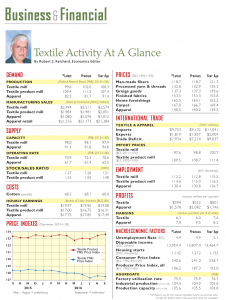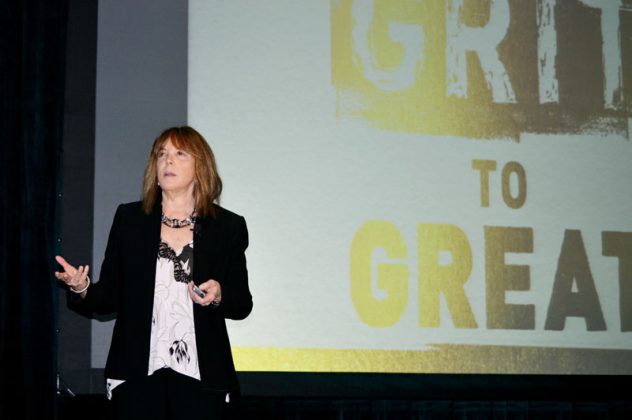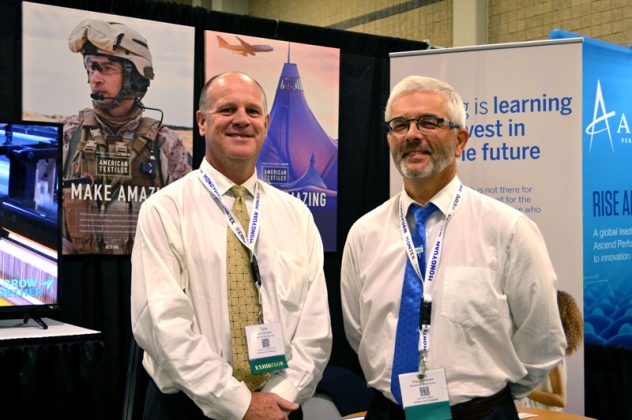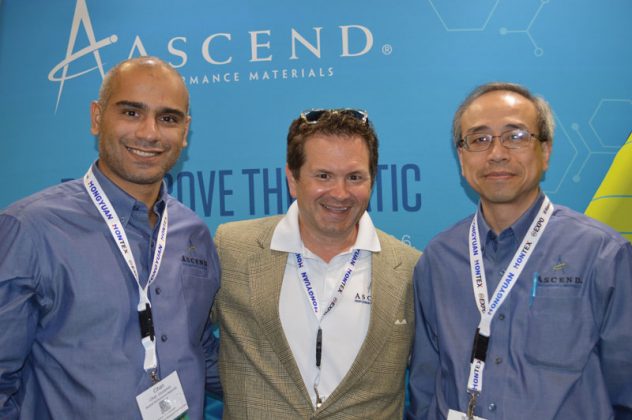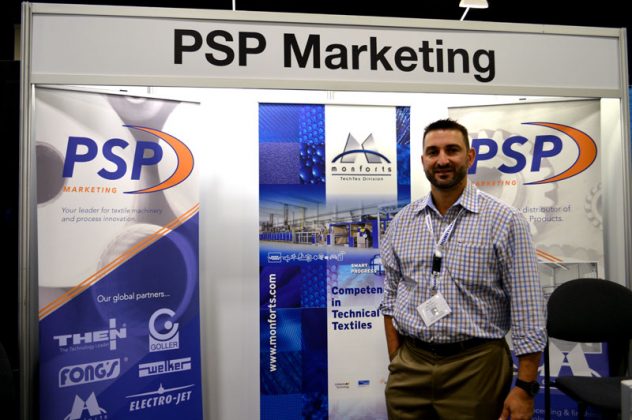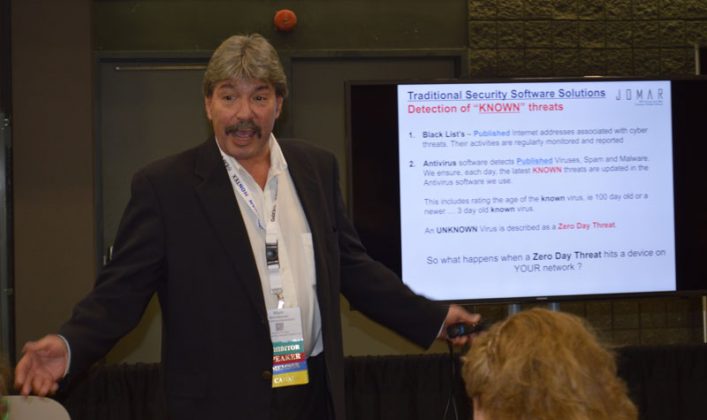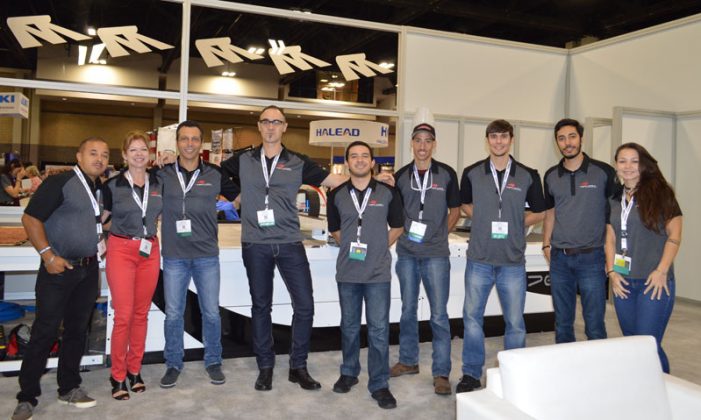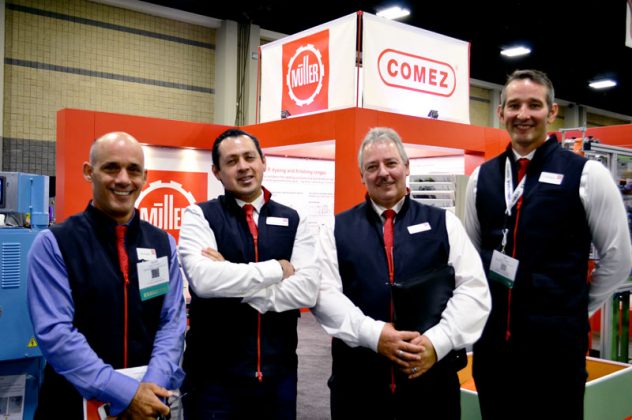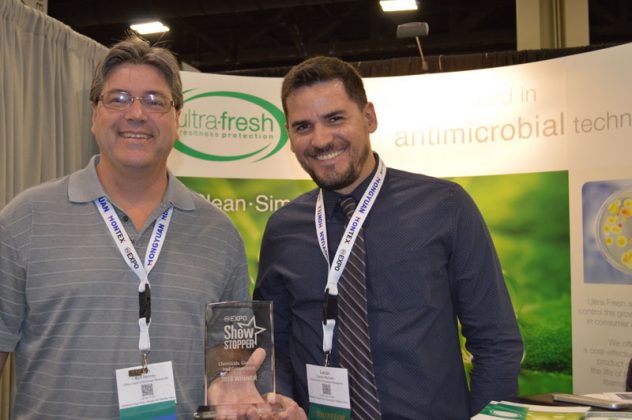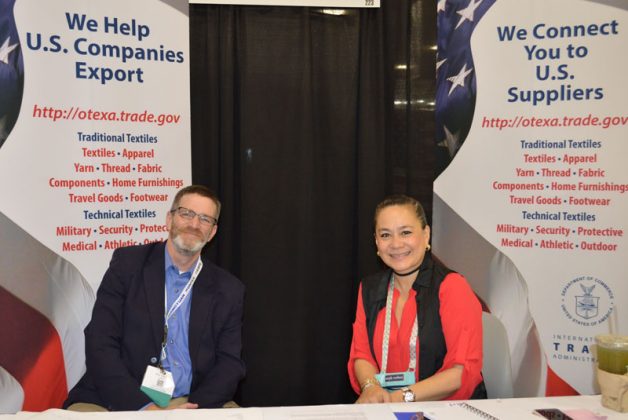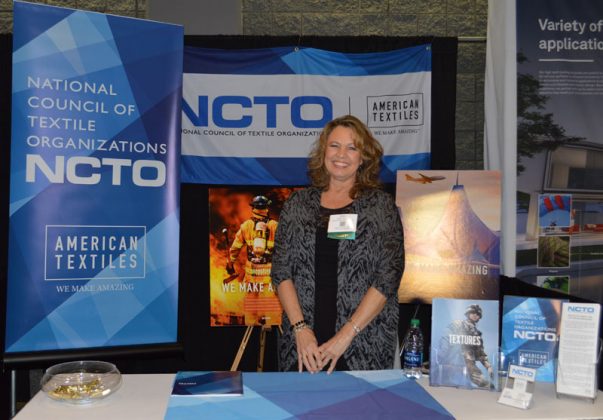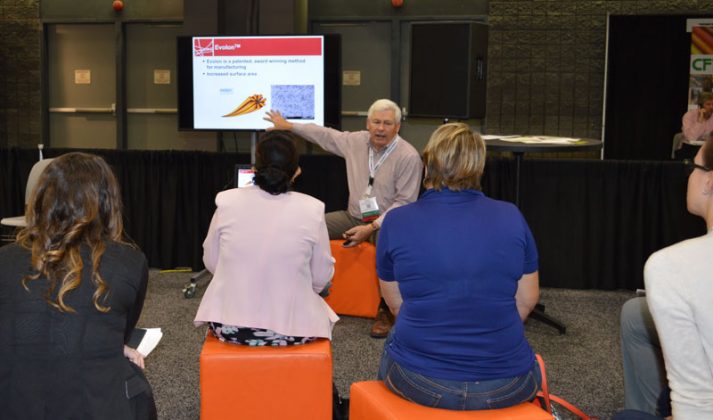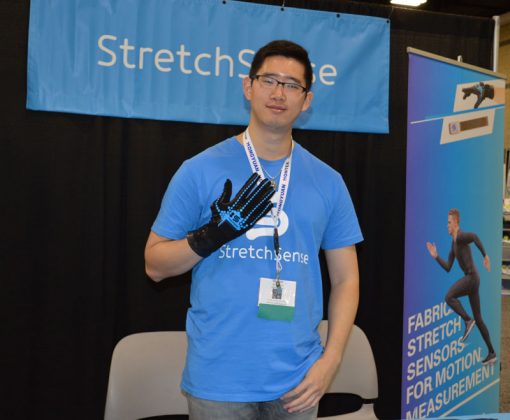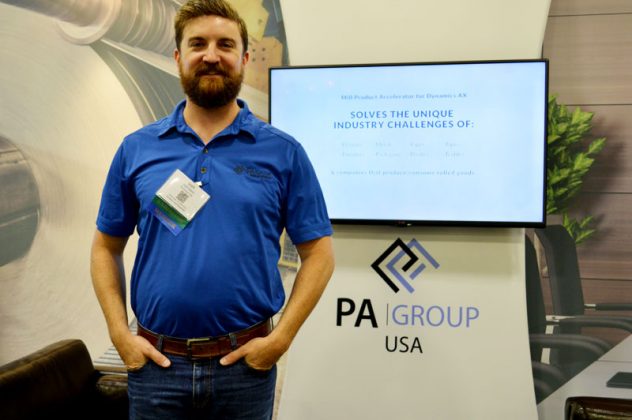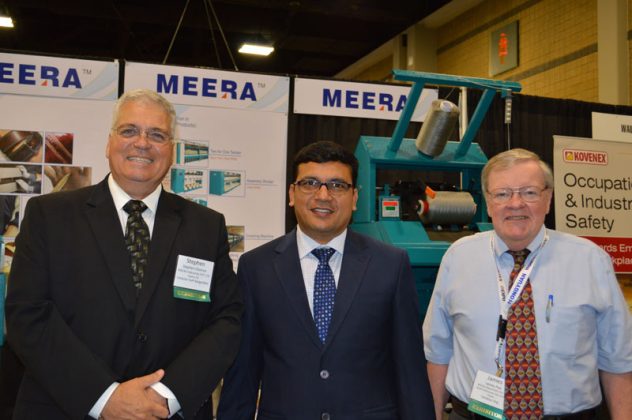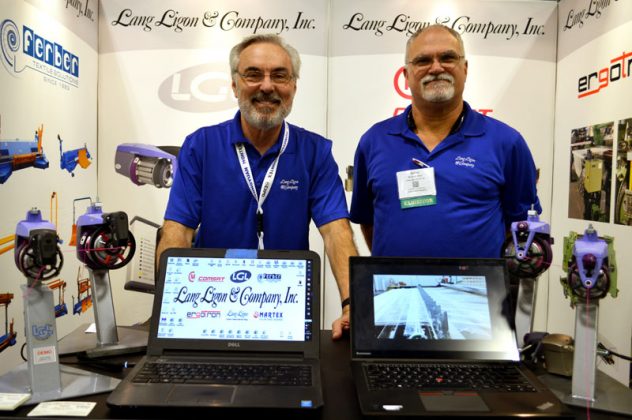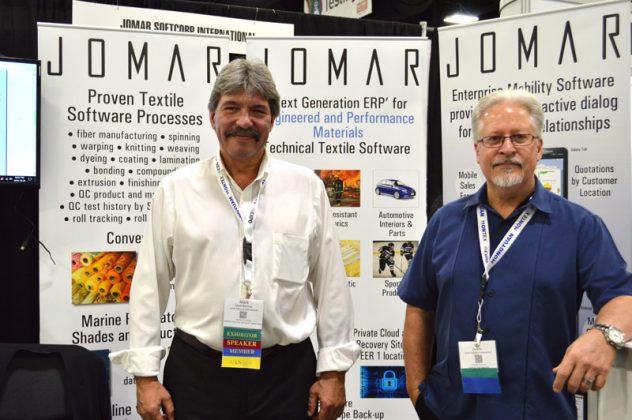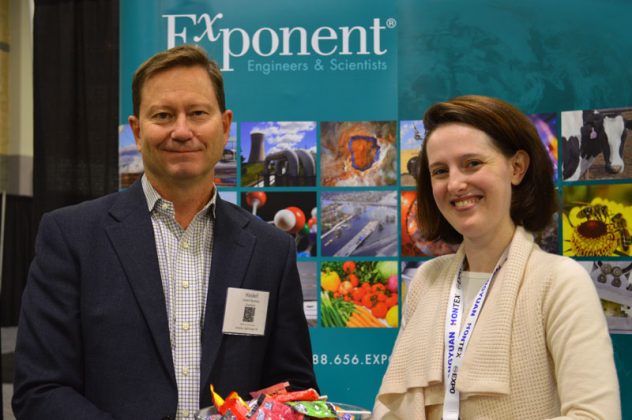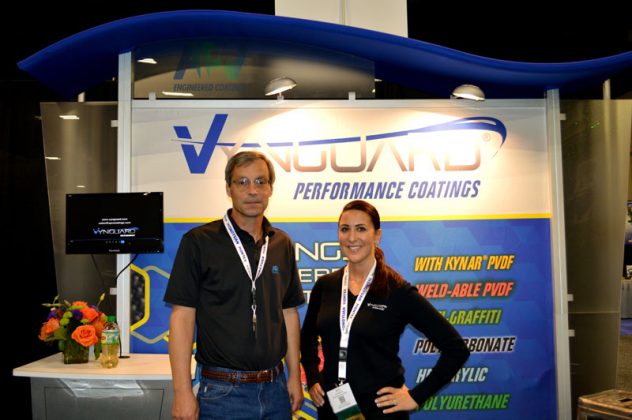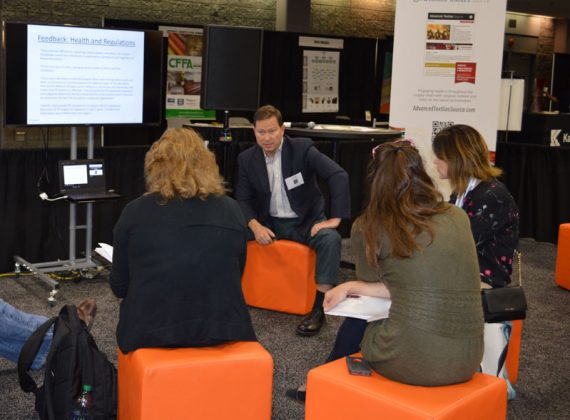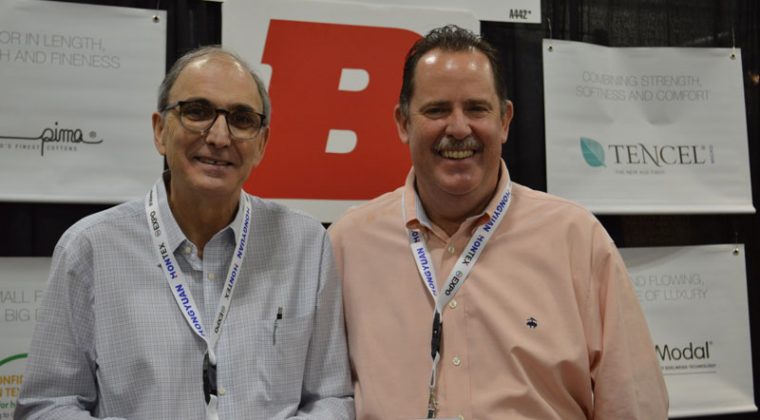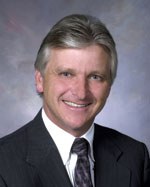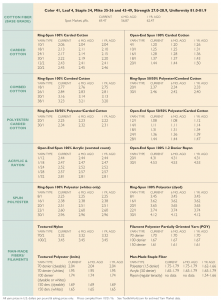SPARTANBURG, S.C. — October 27, 2016 — The Milliken Floor Covering Division released its second annual sustainability report with detailed insight and metrics addressing the company’s global operations, product offering and their impact on the environment.
“Environmental stewardship is an ever-evolving journey, and we have continued to improve our actions with meaningful results for more than 150 years,” shared Jim McCallum, president of the global Milliken floor covering division. “We believe this requires a holistic approach — with continued assessments to question the status quo. This very nature of comprehensive inquisitiveness is what defines Milliken.”
To create the report, stakeholders confirmed the material issues pertinent to architecture and interior design: chemical and human health impacts, recycled content and recyclability, resource consumption, supply chain impacts of products and employer of choice. The report meets the requirements of the LEED v4 MRc3 credit.
“This report confirms that the most environmentally responsible action Milliken can take is to design high-performing products with healthy materials that last,” shared Philip Ivey, global sustainability leader for the Milliken floor covering division. “By doing so, we reduce the need for replacement — which in turn inhibits a chain reaction of environmental impacts. It protects our customers, their investment and the environment.”
Material transparency advancements include:
- 31 EPDs for Milliken flooring products; and
- 14 Declare labels for material transparency and to promote healthy materials.
Recycled content and recyclability achievements include:
- Fulfilling zero waste to landfill pledge for 23 years;
- Implementing strategies to prolong the life of products, including built-in cushion backing, which expands the first life of Milliken floor covering up to 40 percent longer than hard-backed carpet and allows for reuse — the highest form of recycling; and
- Reclaiming used Milliken floor covering from one space to serve more than 400 new spaces across a community.
Supply chain impact insight includes:
- Supplier collaborations to create accurate life cycle assessments; and
- Supplier partnerships with companies including Aquafil, to result in more sustainable product offerings for customers.
Key highlights regarding resource consumption include:
- Reducing Scope 1 and Scope 2 greenhouse gas emissions by 9.02 percent and 10.42 percent, respectively, with only 10.98 percent and 9.58 percent additional reductions needed to meet 2020 goals;
- Reducing energy consumption by 13.61 percent, with only 6.39 percent reduction needed to meet 2020 goals;
Reducing water consumption by 49.02 percent, already achieving the 2020 goal – with virtually no change in the company’s production outputs; and - Reducing waste generation by 13.08 percent, with only 6.92 percent reduction needed to meet 2020 goals.
Employer of choice key highlights include:
- Consecutive recognition as one of the World’s Most Ethical Companies®, a designation given by Ethisphere Institute; and
- A safety incidence rating of .52 for Milliken floor covering sites, one of the lowest total incident and injury rates of manufacturers in North America.
“Every day at Milliken is spent with a purpose and passion for making the world a better place,” Ivey continued. “Whether it is through optimizing our product materials to champion interior environments that promote well-being, or the choice to act in an environmentally respectful and ethically responsible manner, this is how we ‘do good’ for the world. We are committed to advancing our product offering and operations along this thread.”
Posted October 27, 2016
Source: Milliken

